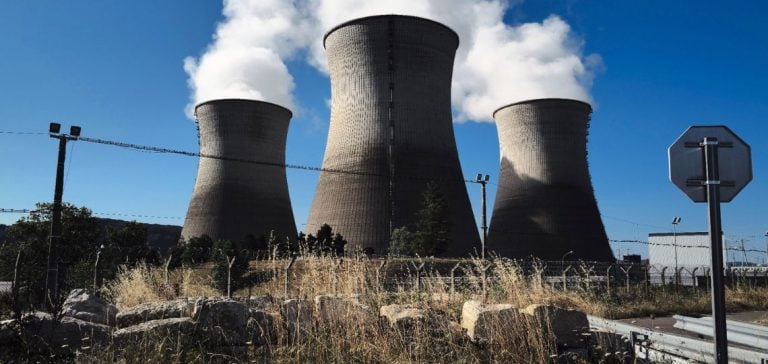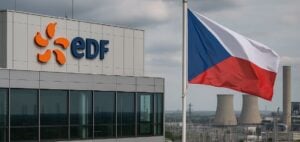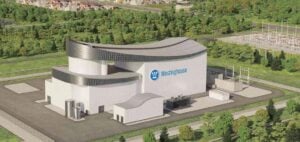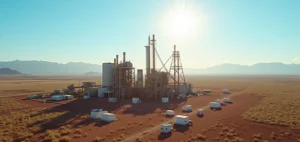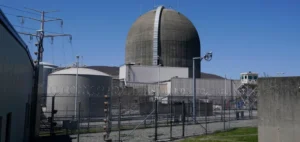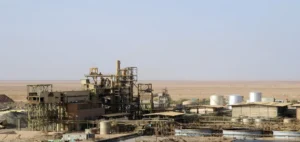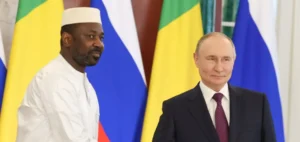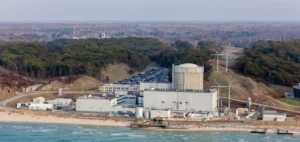The merger between the French Nuclear Safety Authority (ASN) and the French Institute for Radiological Protection and Nuclear Safety (IRSN) is progressing, with a target date of January 1, 2025.
The aim of this merger is to create the Autorité de sûreté nucléaire et de radioprotection (ASNR), a single body to improve the governance of nuclear safety in France.
The merger of these two bodies is intended to simplify decision-making at a time when the nuclear program is being relaunched.
However, ASN Chairman Bernard Doroszczuk recently stressed to members of parliament that deadlines are “tight”.
The merger, while necessary, faces logistical and human obstacles, while at the same time having to guarantee the continuity of critical nuclear facility safety missions.
This pressure on deadlines accentuates the importance of effective coordination between the various stakeholders in the sector.
A complex transition despite a well-defined structure
The aim of the ASN-IRSN merger is to bring together the functions of monitoring and scientific expertise under a single authority.
Until now, the ASN has focused primarily on the regulation and monitoring of nuclear facilities, while the IRSN has provided technical expertise in radiation protection and risk analysis.
The ASNR will thus have to integrate these two missions within a single organization, which represents a considerable challenge in terms of both skills management and logistics.
In practice, most employees of the two organizations will retain their current functions to ensure a smooth transition.
Only around 30 of the 2,000 positions at the ASNR will be reconfigured.
This limited number seems to guarantee a certain stability, but the fact remains that the merger will require a significant internal reorganization effort.
Operational adjustments will have to be made while maintaining a high level of performance in nuclear facility risk management.
Criticism of the speed of the reform
Despite the stated objectives of rationalization, many voices are being raised against the hasty nature of this merger.
Trade unions, as well as some industry associations, are reluctant to the idea of grouping scientific expertise and regulation within a single entity, fearing a dilution of skills and a loss of independence in risk assessment.
This reform, passed by Parliament in April 2024, was seen by some as too rapid a change, jeopardizing the ASNR’s ability to function fully as soon as it was set up.
IRSN staff representatives are calling for a postponement of the deadline, deeming it too short for an effective reorganization.
For their part, ASN representatives feel that the reform does not go far enough to truly optimize governance processes in the sector.
This discrepancy in expectations underlines the complexity of the project and the scale of the challenges to be overcome.
Next steps before January 2025
To meet the deadline, key steps must be taken quickly.
The ASN college plans to hold hearings with the management of both entities in early October.
These discussions will be decisive in deciding on any necessary adjustments before the official creation of the ASNR.
The priority remains to guarantee continuity in facility monitoring, while optimizing decision-making processes through this new entity.
The merger project is also seen as a crucial element in supporting the decarbonization of France’s energy sector, in particular by strengthening the nuclear sector.
By centralizing oversight and expert appraisal functions, the ASNR will theoretically be able to speed up strategic decisions, particularly as part of efforts to reduce the country’s greenhouse gas emissions.
This is in line with the government’s long-term objective of securing nuclear power’s share of the French energy mix.
A strategic challenge for the nuclear revival
Once fully operational, the ASNR should play a central role in the development of new nuclear projects in France.
Combining the skills of the ASN and IRSN is intended to speed up the regulatory process, particularly at a time when the nuclear industry is set to play a key role in decarbonization efforts.
The creation of this new entity is in line with the government’s desire to give decisive impetus to the nuclear industry, which is essential to meeting the energy and environmental challenges of the future.
The outcome of this merger process will be determined by future decisions, particularly those to be taken in the coming weeks.
The ability of our teams to adapt quickly and effectively will be a key factor in ensuring the success of this reform, whose impact will be felt throughout the French nuclear sector.

